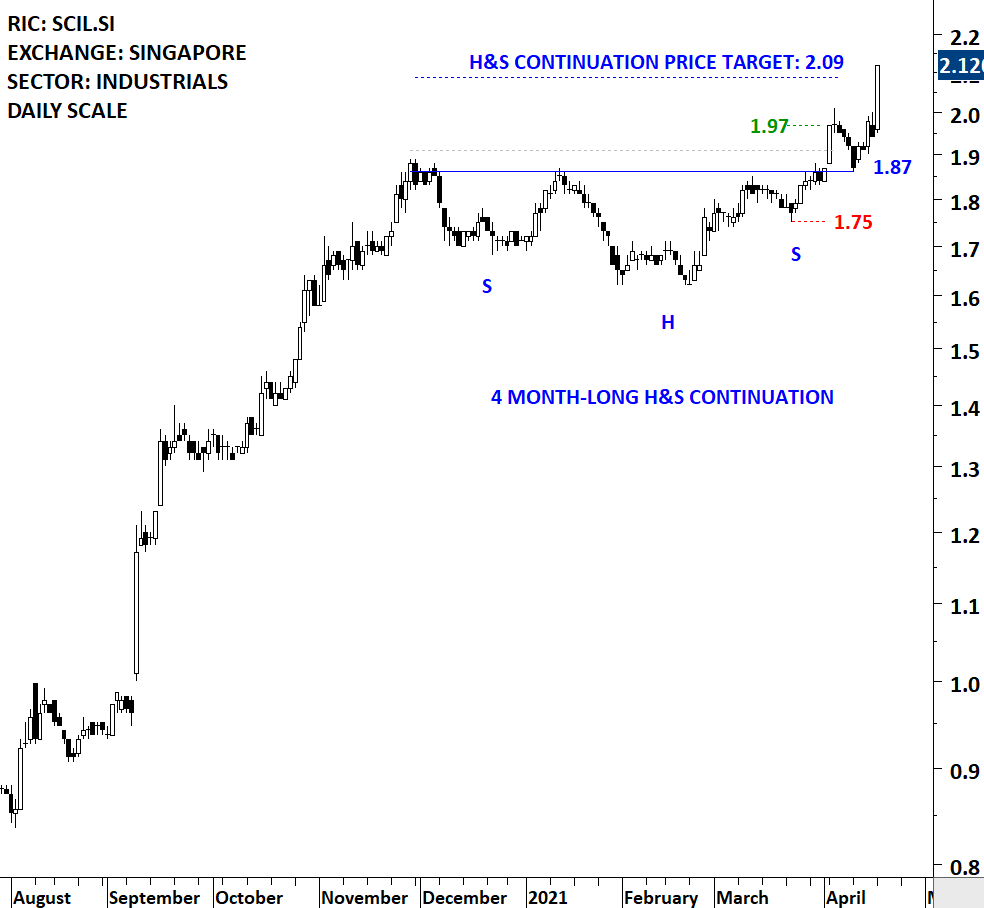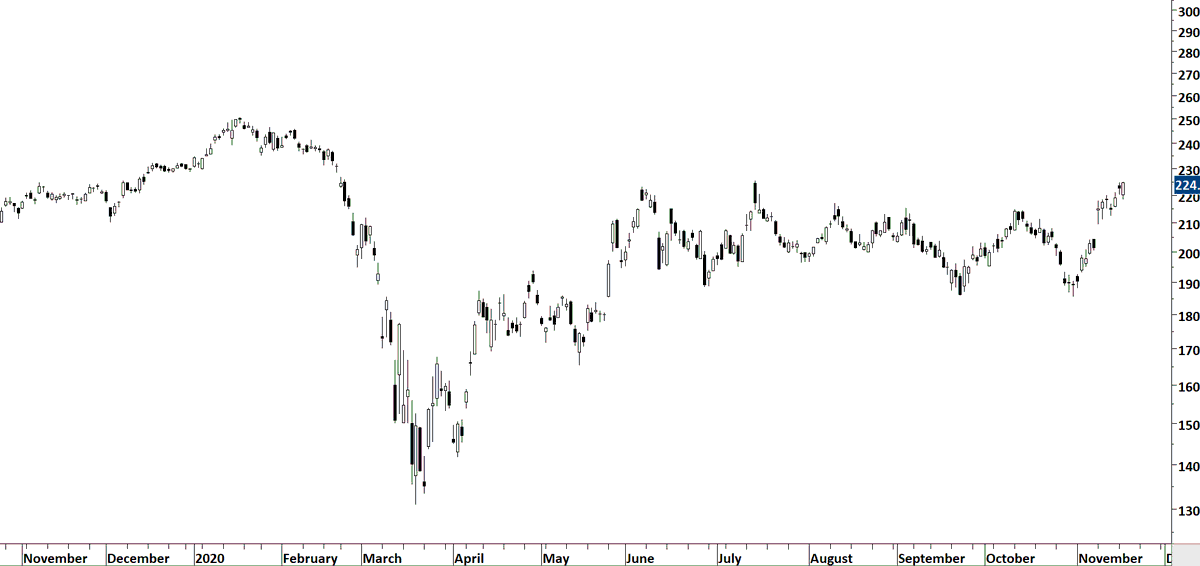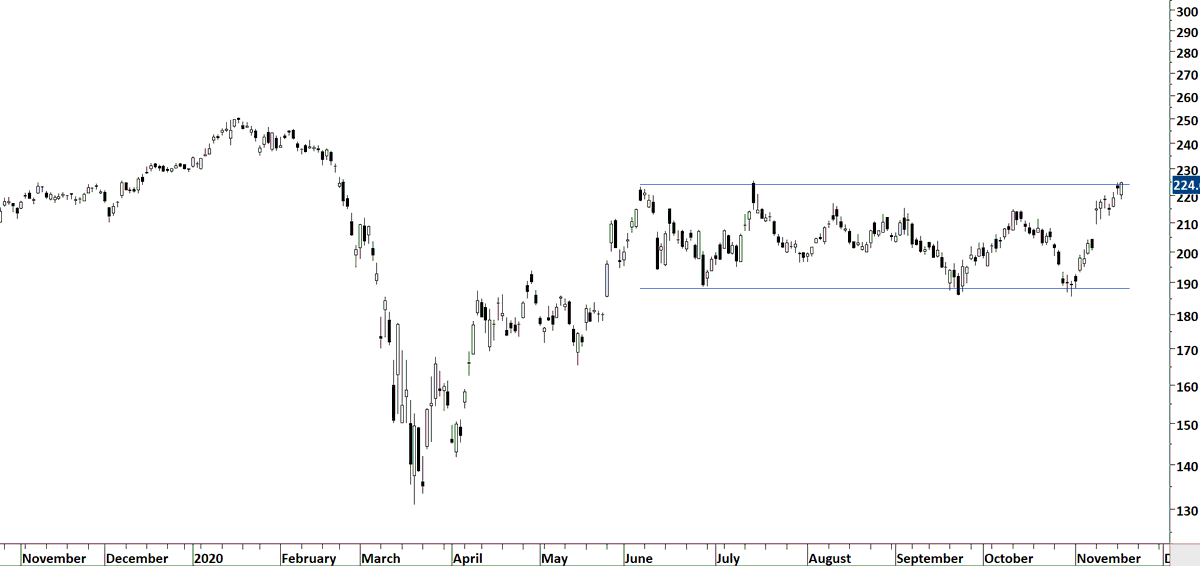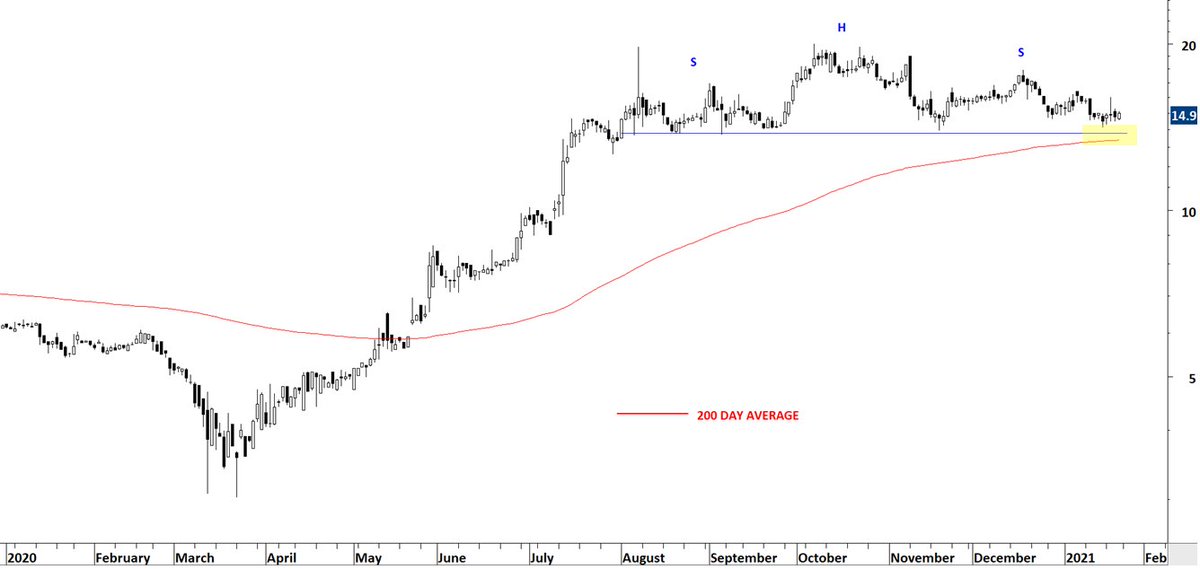
Reminder: Not all pattern breakouts will challenge you. Some will and some will rally to price target. The ones that will challenge you are unavoidable. Your main motivations should be to cut losses on the failed ones and try to capture the most in rallying ones.
https://twitter.com/TechCharts/status/1401401684195254273
In a strong market environment, you win rate can be ıncreased by focusing on bullish chart patterns. But that's it. The metric that you can control and will make the difference for you will be $ amount you make/$ amount you lose on average.
Given that there are so many moving parts and uncertainties involved, my suggestion is to simplify your trade identification and focus on select few patterns that you are comfortable trading.
When I say comfortable: You have traded the same setup so many times that, you know where you are wrong, you know when the breakout will rally and you have a winner in hand.
• • •
Missing some Tweet in this thread? You can try to
force a refresh













